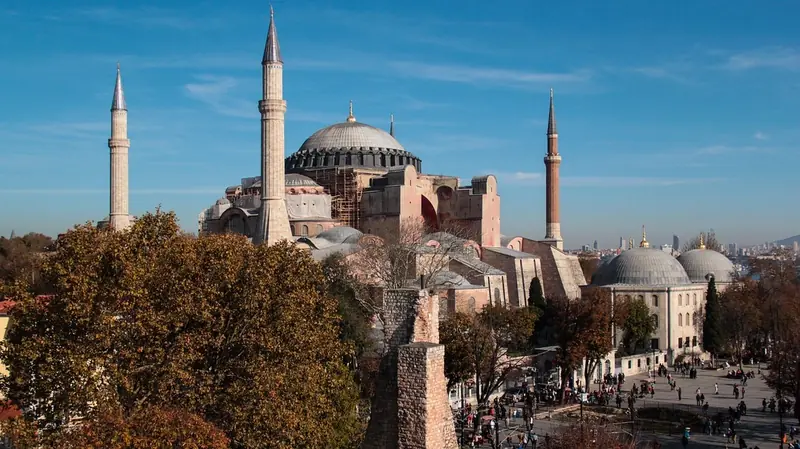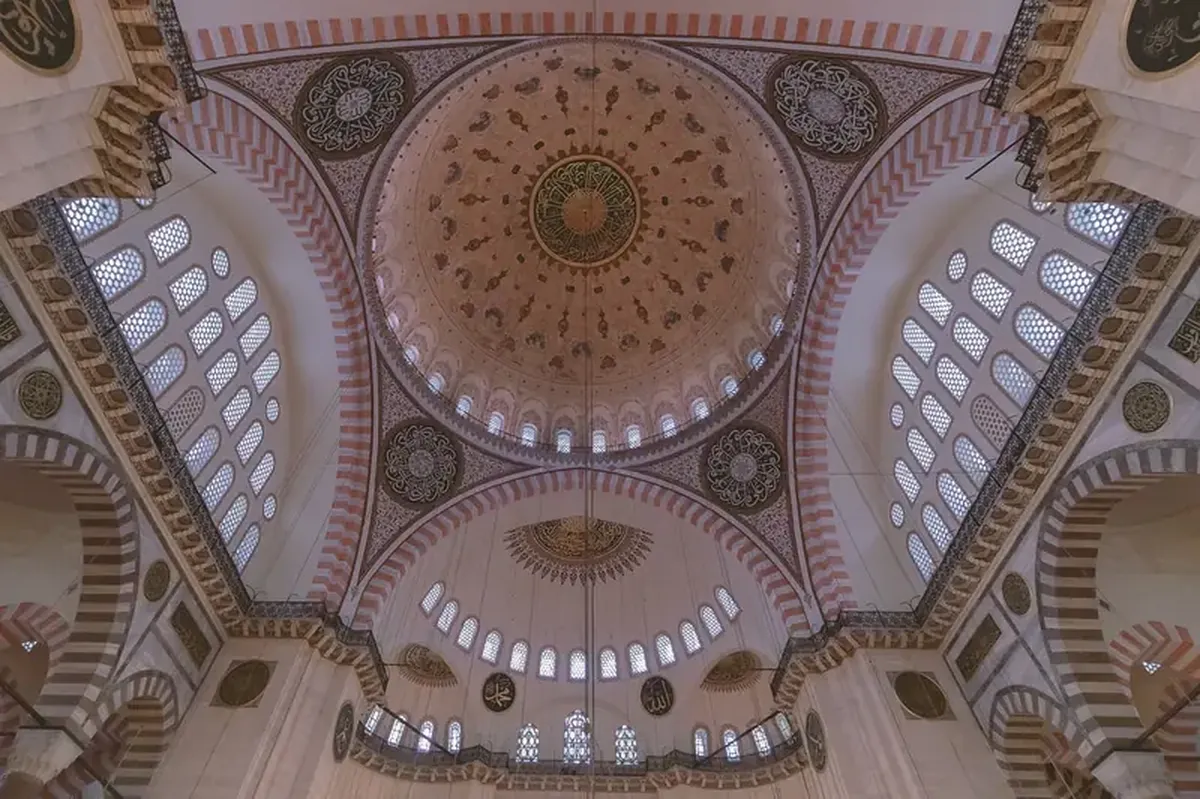
Under one of the most magnificent Byzantine monuments lies a ticking time bomb: the 55-meter historical gem of Turkey, Hagia Sophia, is at risk of destruction.
Constructed in 537 AD during the reign of Byzantine Emperor Justinian I, Hagia Sophia has served various roles over the centuries, functioning as a cathedral, mosque, and museum before returning to its status as a mosque in 2020. Its architectural marvel—a massive dome with a diameter of 31 meters—has inspired the construction of many other sacred structures around the world.
Why are experts concerned about the building’s condition?
The iconic landmark of Constantinople is in danger of collapsing at any moment. “It’s only a matter of time if urgent measures are not taken,” noted historian İlber Ortaylı. The issue is that the building’s foundation is unstable, and overall, it is under more stress than it can bear.
Historians, archaeologists, art historians, and tour guides are sounding the alarm: the Istanbul sanctuary could face irreversible damage if efforts are not made to preserve it.
According to Ortaylı, comprehensive restoration of Hagia Sophia has not occurred since the 16th century when the Ottoman architect Mimar Sinan reinforced the structure.
Experts confirm that beneath the cathedral lies a network of ancient passages. The ground there is unstable. Earthquakes, vibrations, and human crowds have worsened the condition of the columns and dome. Some columns have noticeably tilted, and the marble floors have cracked, as reported by Arkeonews. Following a recent earthquake with a magnitude of 6.5, the site was hastily closed, prompting many to question its true condition.

Tour guides bringing groups here describe their feelings: “We go in there, risking our lives. And the public has no idea.”
The building is once again functioning as a mosque, but not all visitors have equal access to its sanctuaries. Non-Muslim tourists are prohibited from entering certain sections. For instance, the most breathtaking view of the dome can only be seen from parts of the building that many cannot access, shared one local guide.
Art historian and artist Gürol Sezen passionately reminded that Hagia Sophia was once a beacon of tolerance.
Meanwhile, archaeologist Nezih Başgelen, director of the Cultural and Natural Heritage Monitoring Platform, emphasized the need for round-the-clock structural monitoring of the temple and decisions made by restoration experts (not just religious or political authorities), as well as the transparency of these decisions to the public.
“The building should be treated like an elderly patient—constantly monitored and handled with care. The UNESCO heritage status alone does not provide protection. Only conscious actions can save Hagia Sophia,” Başgelen stressed.
Hagia Sophia is more than just a stone structure. It is a mirror that has reflected the rises and falls of humanity for centuries. This treasure is now under threat of collapse. However, the world is unlikely to be ready to lose this magnificent monument due to indifference.
